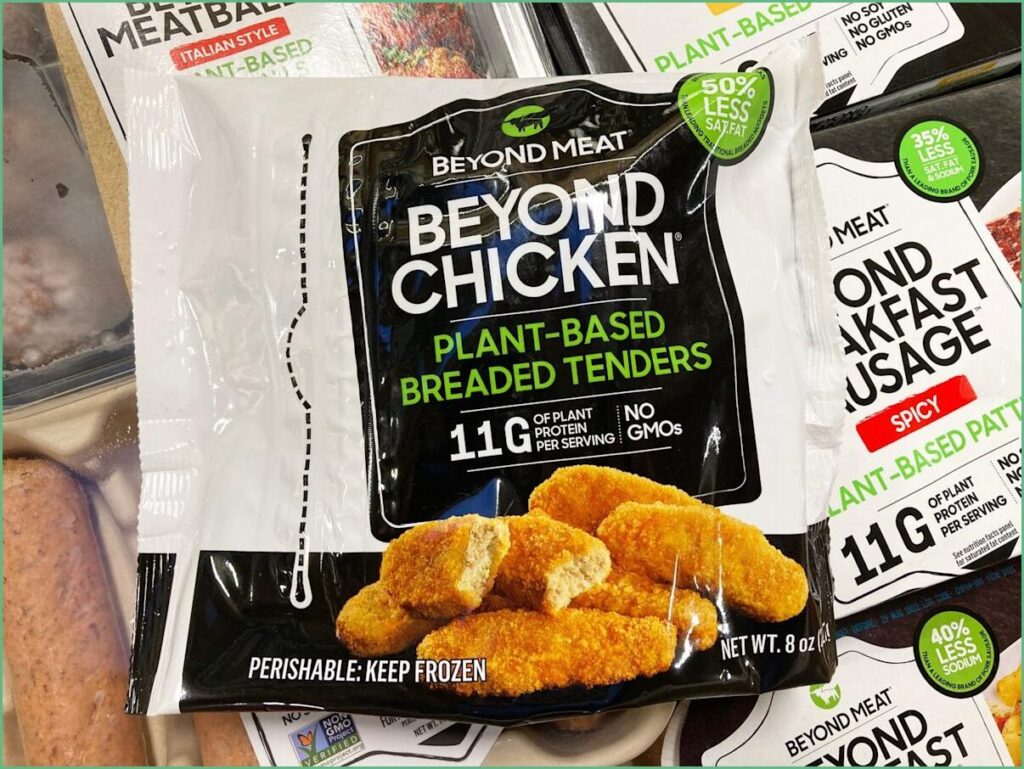Beyond Meat’s shares exploded into the spotlight after a dramatic short-term run, drawing retail traders and chart-watchers while options markets flashed wide ranges that hint at continued chaos; this piece walks through the rally, the role of a new retail partner, what options data is pricing in, and why the stock still looks risky for investors.
Over the past week Beyond Meat attracted intense attention as its stock climbed to an intraday high of $7.69, a dramatic move from a year-to-date low near $0.50. That spike reflects frenzied retail interest in a company that has long struggled with losses and an unclear path to sustained profitability. The move has little to do with fundamentals and a lot to do with momentum and social-media-driven trading patterns.
Not long after traders noticed the jump, news of an extended retail partnership with a national discount giant helped stoke optimism among speculators, amplifying volume and volatility. That kind of distribution news can create headline-driven squeezes that last days, not quarters, and it’s exactly the environment where options markets tend to price extreme outcomes. The retail link matters for visibility and shelf penetration, but it doesn’t erase structural business problems.
Looking at options data from a market analytics provider, contracts expiring Jan. 16, 2026, imply a wide possible range: a downside near $0.47 and an upside around $7.35. Even in the very near term, option-implied moves through the end of next week suggested downside scenarios as low as $1.39. Those are not predictions but a window into collective trader expectations and implied volatility, which remains unusually high around this ticker.
Heavy implied volatility means large swings are baked into option prices, and that usually coincides with speculative setups rather than value-driven investing. When a stock enters the penny stock category and becomes a meme candidate, pump-and-dump dynamics can emerge quickly and painfully. Traders who pile in late are often left holding shares when enthusiasm fades, particularly if institutional support is weak or absent.
There are already signs of profit-taking and position exits as the initial surge cooled, with the share price slipping back below $4 in recent sessions. Retail momentum tends to be fickle: once the social-media narrative shifts or momentum traders rotate to the next hotspot, liquidity can evaporate and prices can drop hard. That pattern is familiar from other meme episodes where early entrants make money and latecomers bear the brunt.
From an operational perspective, Beyond Meat still has to contend with ongoing losses, negative margins in many periods, and no clear timeline for returning to consistent profitability. Those fundamentals are why many analysts keep a cautious stance and why options-implied stress tests show meaningful downside risks. Hype can lift a ticker temporarily, but it does not replace a credible path to earnings and cash-flow stability.
Street consensus continues to lean toward caution, with analysts generally issuing sell or cautious ratings and the highest price targets not implying substantial upside from current volatile levels. That gap between retail enthusiasm and sell-side skepticism creates tension in the market: bettors are chasing momentum while longer-term holders and institutions remain on the sidelines. When professional capital refuses to commit, rallies are more likely to be short-lived and riskier to the average investor.
For anyone weighing a move into this stock, the lesson is straightforward: recognize you are dealing with a high-beta, headline-driven situation. If you’re trading the volatility, size positions carefully and have an exit plan; if you’re investing for fundamentals, the case still feels incomplete and the risk-reward is unattractive. Either way, understand that options and price action are signaling that this name could swing sharply in either direction in the near term.
